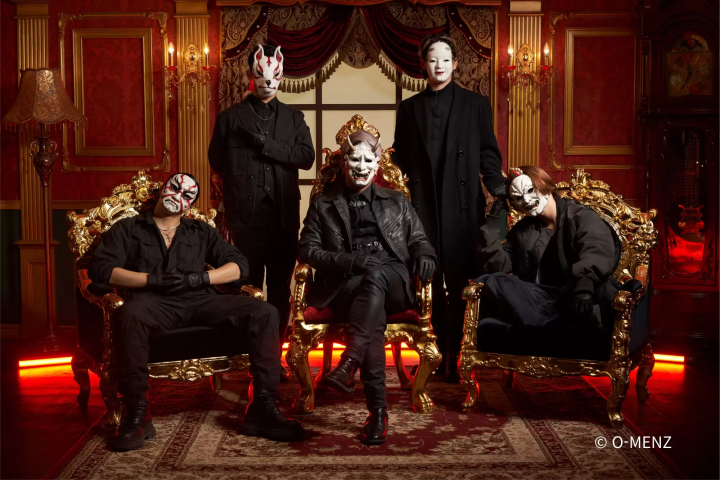[Nagatoro Town, Saitama Prefecture] Shibusawa Eiichi, the face of the new 10,000 yen bill, and the Chichibu Railway. Let's tour the places associated with Shibusawa Eiichi!
![[Nagatoro Town, Saitama Prefecture] Shibusawa Eiichi, the face of the new 10,000 yen bill, and the Chichibu Railway. Let's tour the places associated with Shibusawa Eiichi!](https://resources.matcha-jp.com/resize/720x2000/2024/10/01-199861.webp)
Eiichi Shibusawa has been chosen as the face of the new 10,000 yen banknote issued in 2024. Shibusawa Eiichi and the Chichibu Railway had a deep connection, and traces of this can be found in the area of Nagatoro. In this article, we will introduce the relationship between Shibusawa Eiichi and the Chichibu Railway, and Nagatoro, which has a connection to Shibusawa Eiichi.
Eiichi Shibusawa has been chosen as the face of the new 10,000 yen banknote issued in 2024. This is the first change in the banknote design in 20 years. Known as the "father of modern Japanese economy," he is said to have been involved in the establishment and management of over 500 companies, including Chichibu Railway.
There are still many places along the Chichibu Railway line that are associated with Eiichi Shibusawa. Why not take this historic opportunity to visit the area along the Chichibu Railway?
-
Table of Contents
- Who was Shibusawa Eiichi, the "Father of Modern Japanese Economy"?
- Nagatoro Town: A place connected to Eiichi Shibusawa
- The relationship between Eiichi Shibusawa and the Chichibu Railway
- Six places connected to Eiichi Shibusawa
- [Only available in November 2024] Places associated with Eiichi Shibusawa will be lit up!
- Travel around the areas associated with Eiichi Shibusawa on the Chichibu Railway
Who was Shibusawa Eiichi, the "Father of Modern Japanese Economy"?
Eiichi Shibusawa was born in Fukaya City, Saitama Prefecture. He is a businessman who is also known as the "father of modern Japanese economy" and the "father of Japanese capitalism." He contributed to the development of approximately 500 companies and approximately 600 public works projects and private diplomacy.
He also believed that morality and economics should go hand in hand, and he popularized this idea in his book, "The Analects and the Abacus." He also devoted himself to education and social welfare, supporting many schools and charitable organizations.
In 2024, he has been chosen as the portrait to appear on Japan's new 10,000 yen bill, and his achievements are once again attracting attention.

Nagatoro Town: A place connected to Eiichi Shibusawa
![[Nagatoro Town, Saitama Prefecture] Shibusawa Eiichi, the face of the new 10,000 yen bill, and the Chichibu Railway. Let's tour the places associated with Shibusawa Eiichi!](https://resources.matcha-jp.com/resize/720x2000/2024/11/01-207153.webp)
Nagatoro Town in Saitama Prefecture has a deep historical connection to Eiichi Shibusawa, a pioneer of modern capitalism in Japan who was active in the business world from the Meiji period to the early Showa period.
He was born in Fukaya City, Saitama Prefecture, and grew up in the nearby town of Nagatoro, where he was exposed to the natural scenery of Chichibu and his interactions with the local people, which likely provided the foundation for his later career as a business leader.
Nagatoro was a place where Shibusawa found natural attractions and developed strong bonds with the local people, which may have influenced his success.
It is also said that Shibusawa visited Nagatoro many times in search of spiritual healing.
The relationship between Eiichi Shibusawa and the Chichibu Railway
![[Nagatoro Town, Saitama Prefecture] Shibusawa Eiichi, the face of the new 10,000 yen bill, and the Chichibu Railway. Let's tour the places associated with Shibusawa Eiichi!](https://resources.matcha-jp.com/resize/720x2000/2024/10/01-199867.webp)
Eiichi Shibusawa's connection with the Chichibu Railway began with the Jobu Railway, the predecessor company of the Chichibu Railway.
The Chichibu region flourished as a producer of silkworms and silk fabrics, but transportation was extremely inconvenient due to the surrounding mountains. The first president of the company, Chichibu textile merchant Manzo Kakihara, wanted to improve this situation by laying a railway line in Chichibu, so he founded the Jobu Railway. However, it seems that the opening to Chichibu was a series of hardships.
First, it was extended smoothly from Kumagaya to Yorii Station, then from Yorii Station to Hakurei Station. After that, the Jobu Railway fell into financial difficulties due to the recession after the Sino-Japanese War, and construction of the extension beyond Hakurei to Chichibu stalled.
The president at the time then turned to Eiichi Shibusawa.
Eiichi Shibusawa saw the potential of the Chichibu region, including the limestone of Mt. Buko, and provided financial support through the Daiichi Bank where Shibusawa worked. As a result, the line was extended to the Oyabibashi area in 1911, and "Nagatoro Station" (then called Hodosan Station) opened in the same year.
Shibusawa gave a congratulatory speech at the opening ceremony held at the rock bed in 1911. It is quite moving to think that Eiichi Shibusawa was also looking out at this view.
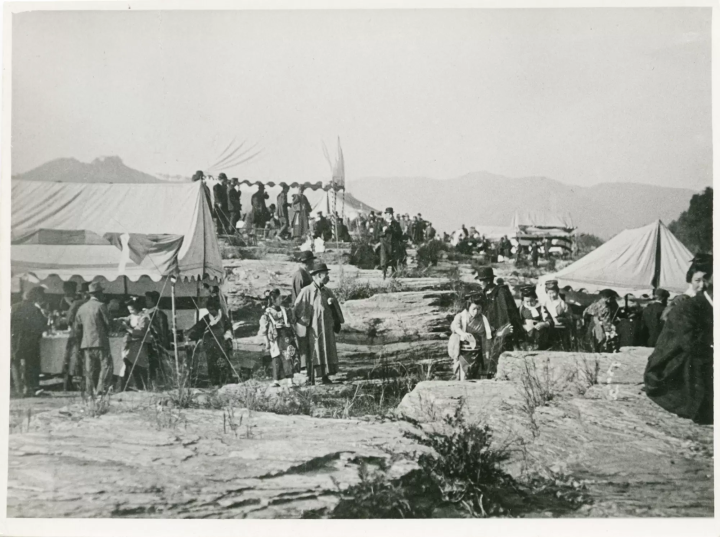
The Nagatoro Station building was constructed in 1911. It has been selected as one of the "100 Best Stations in the Kanto Region" as a wooden station building that tells the story of its history.
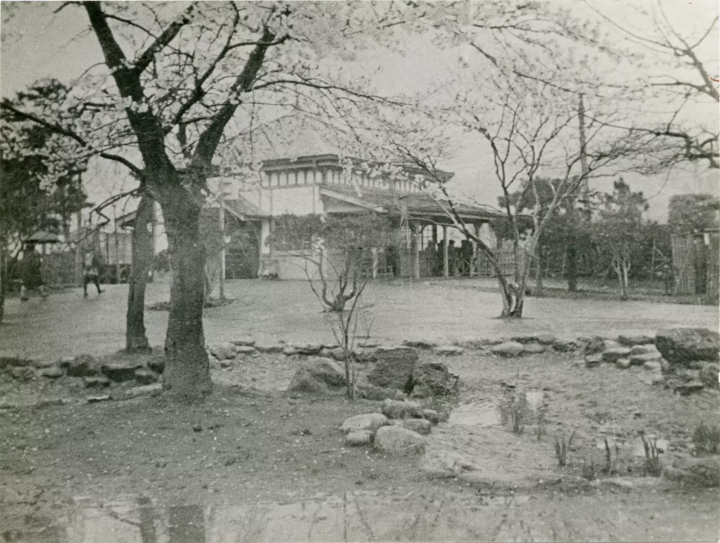
If Eiichi Shibusawa had not extended a helping hand at this time, the Chichibu Railway might not have reached Nagatoro .
In this way, Eiichi Shibusawa and the Chichibu Railway were closely involved in the development and modernization of the local economy. Their historical ties continue to have a profound impact on the culture and economy of the Chichibu region to this day.
Eiichi Shibusawa visited Nagatoro many times, and there are many places connected to him.
We will introduce six places in Nagatoro Town that are associated with Eiichi Shibusawa. All of these places can be accessed by train and on foot.
Six places connected to Eiichi Shibusawa
1. Nagatoro Station and the stone monument in front of the station
Nagatoro Station has hardly changed since it first opened in 1911. Its retro atmosphere draws many visitors in, and they stop off to take photos.
Hotels near Chichibu Railway Nagatoro Station
In addition, the stone monument in front of Nagatoro Station on the Chichibu Railway reads, "Nagatoro is the most beautiful place in the world." This is a copy of a calligraphy piece written by Eiichi Shibusawa when he was 88 years old.
To commemorate Nagatoro being selected as one of the 100 Most Viewed Places of Japan, Eiichi Shibusawa wrote a slogan for Nagatoro, which was collected from submissions, and a stone monument was erected in 1928.
It seems to mean , "A beautiful view has no specific owner, so you can just enjoy looking at it as much as you like. "
The monument was erected with the support of many companies and individuals, showing just how accomplished Eiichi Shibusawa was.
![[Nagatoro Town, Saitama Prefecture] Shibusawa Eiichi, the face of the new 10,000 yen bill, and the Chichibu Railway. Let's tour the places associated with Shibusawa Eiichi!](https://resources.matcha-jp.com/resize/720x2000/2024/11/01-207140.webp)
2. Arakawa Bridge: A railway bridge that spans the area of Nagatoro, a nationally designated scenic spot and natural monument
There are several brick structures along the Chichibu Railway. The longest bridge on the Chichibu Railway, the Arakawa Bridge, which spans between Kami-Nagatoro Station and Oyahana Station, is one of them. Bricks from the Japan Brick Manufacturing Co., Ltd., which Eiichi Shibusawa helped establish, may have been used in the construction.
![[Nagatoro Town, Saitama Prefecture] Shibusawa Eiichi, the face of the new 10,000 yen bill, and the Chichibu Railway. Let's tour the places associated with Shibusawa Eiichi!](https://resources.matcha-jp.com/resize/720x2000/2024/10/01-199873.webp)
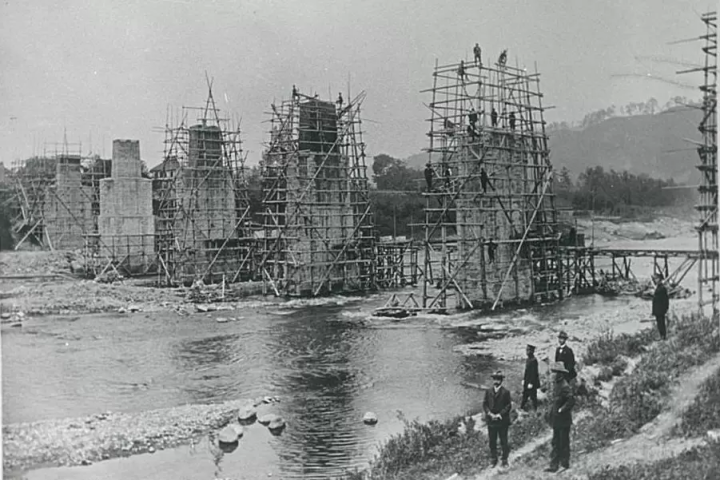
3. Hodosan Shrine, one of the three Chichibu shrines
Hodosan Shrine is one of the three major shrines in Chichibu, with its main hall located at the foot of Mt. Hodosan. It is highly regarded as a guardian deity that protects against fire, theft, and other misfortunes, and is visited by more than one million worshippers each year, not only from the local area but from all over the Kanto region.
Eiichi Shibusawa praised this place as "Hotosan is a sacred place for all time," and a stone monument bearing these words has been erected within the temple grounds.
![[Nagatoro Town, Saitama Prefecture] Shibusawa Eiichi, the face of the new 10,000 yen bill, and the Chichibu Railway. Let's tour the places associated with Shibusawa Eiichi!](https://resources.matcha-jp.com/resize/720x2000/2024/10/01-199869.webp)
Hotels near Hodosan Shrine (Chichibu Miyama)
4. Nagatoro Trick Art Yurin Club
Inside the Nagatoro Trick Art Yurin Club, there is a plaque written by Eiichi Shibusawa. The plaque reads, "Virtue is not solitary, but it is necessary to have neighbors."
" A virtuous person will always have people who agree with him. Even if you are making money, you should make it reasonable ."
The name Yurin Club was derived from this book.
Please come and see the real thing for yourself.
![[Nagatoro Town, Saitama Prefecture] Shibusawa Eiichi, the face of the new 10,000 yen bill, and the Chichibu Railway. Let's tour the places associated with Shibusawa Eiichi!](https://resources.matcha-jp.com/resize/720x2000/2024/11/01-207144.webp)
![[Nagatoro Town, Saitama Prefecture] Shibusawa Eiichi, the face of the new 10,000 yen bill, and the Chichibu Railway. Let's tour the places associated with Shibusawa Eiichi!](https://resources.matcha-jp.com/resize/720x2000/2024/10/01-199878.webp)
Hotels near Nagatoro Trick Art Yurin Club
5. Nagatoro Onsen: Flower Hospitality "Choseikan"
It opened at Hodosan Station (now Nagatoro Station) in 1911, and the Nagatorokan Inn (now Choseikan) was founded in 1912.
Eiichi Shibusawa stayed at the hotel during his inspection tour of Nagatoro in 1913, and there are records of him using the hotel many times.
Choseikan is a 3-minute walk from Nagatoro Station, and is extremely popular with guests for its panoramic view of the rock formations and the nationally designated scenic spot and natural monument "Nagatoro." In addition, a plaque handwritten by Shibusawa is displayed inside the building.
![[Nagatoro Town, Saitama Prefecture] Shibusawa Eiichi, the face of the new 10,000 yen bill, and the Chichibu Railway. Let's tour the places associated with Shibusawa Eiichi!](https://resources.matcha-jp.com/resize/720x2000/2024/10/01-199879.webp)
6. "Yokotei" - an inn named after Eiichi Shibusawa
This inn was founded in 1922 and is surrounded by rich nature. It is a 5-minute walk from Kaminagatoro Station.
It is said that when Shibusawa Eiichi visited Kami-Nagatoro, he wrote the name "Yokotei" in his calligraphy, quoting the words of Mencius, " cultivate a noble spirit ."
[Only available in November 2024] Places associated with Eiichi Shibusawa will be lit up!
A new illumination will be implemented in Nagatoro Town during the autumn foliage season in November 2024! For details, please see this article.
Travel around the areas associated with Eiichi Shibusawa on the Chichibu Railway
The areas introduced this time are closest to Nagatoro Station and Kami-Nagatoro Station on the Chichibu Railway. If you are heading to Nagatoro, a place closely related to Eiichi Shibusawa, please use the Chichibu Railway.
![[Nagatoro Town, Saitama Prefecture] Shibusawa Eiichi, the face of the new 10,000 yen bill, and the Chichibu Railway. Let's tour the places associated with Shibusawa Eiichi!](https://resources.matcha-jp.com/resize/720x2000/2024/11/01-207150.webp)
Chichibu Railway is a local private railway that boasts a total length of 71.7 km that crosses northern Saitama Prefecture from east to west. The line is dotted with tourist spots such as Chichibu, Nagatoro, Yorii, Fukaya, Gyoda, and Hanyu, and is a line that allows you to travel through areas rich in nature. You can enjoy seasonal scenery such as rural landscapes and the valleys along the Arakawa River. Various tourist businesses are also operated along the line, such as the steam locomotive "SL Paleo Express" which is the closest to the city center and the "Nagatoro Line Kudari".
The contents on this page may partially contain automatic translation.



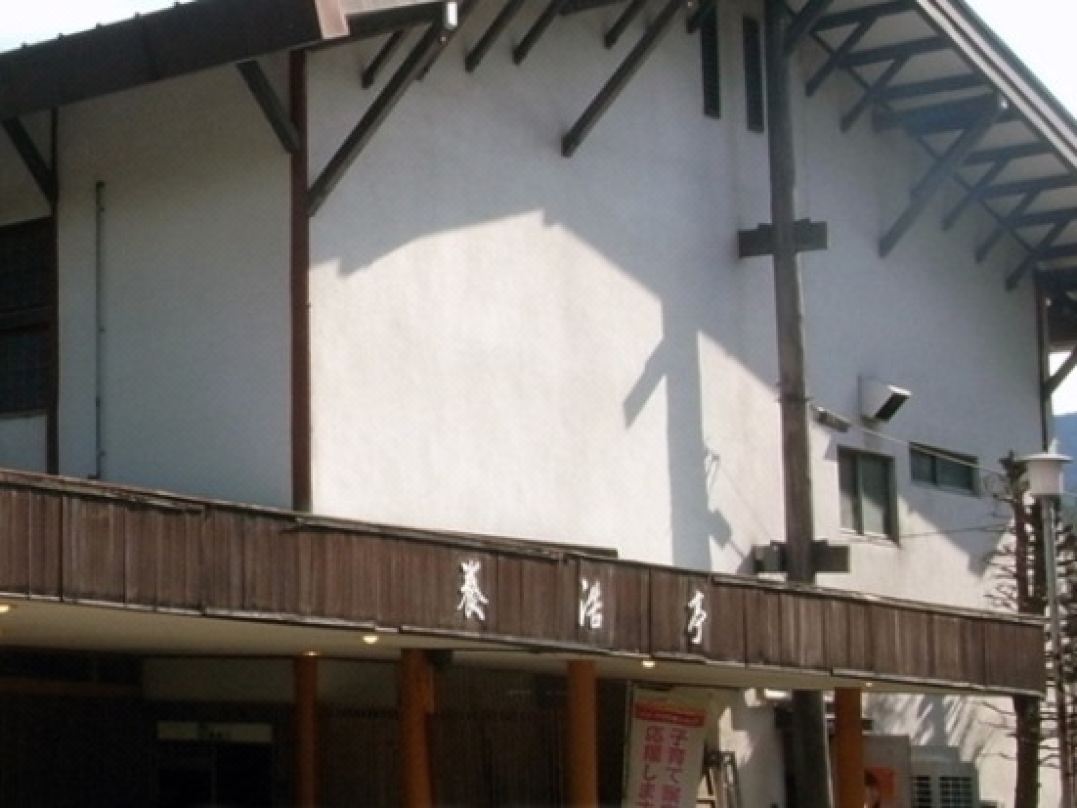

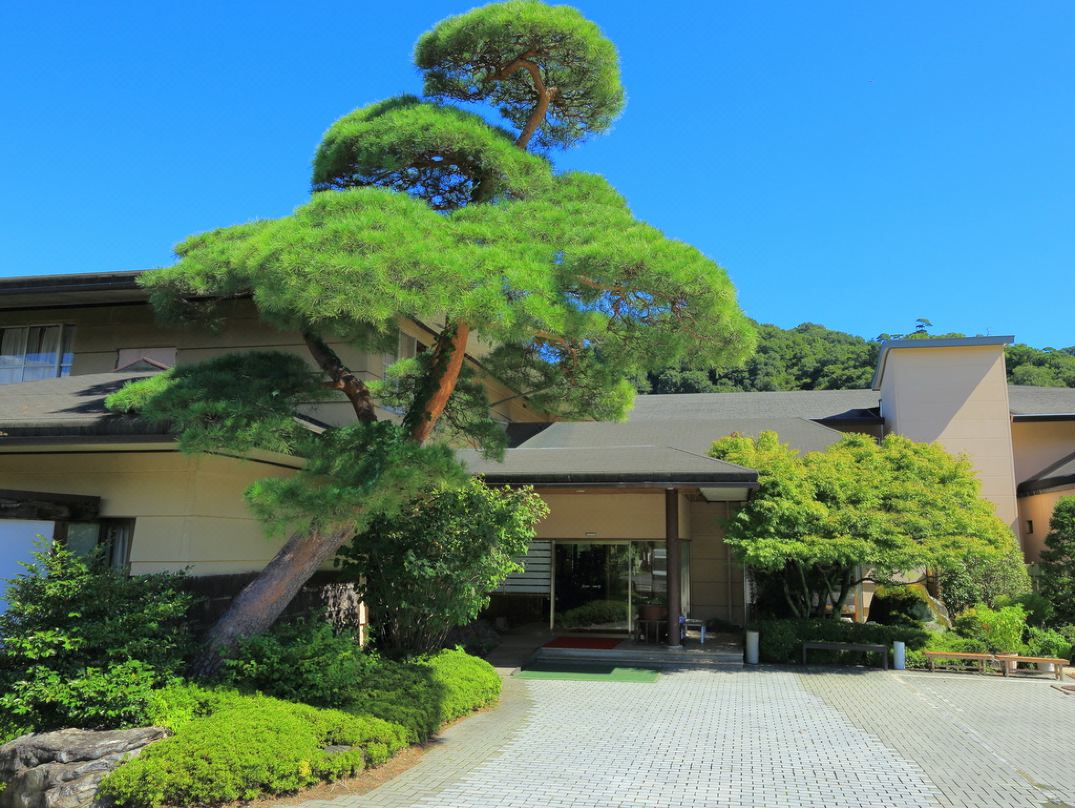


![[2024 Autumn] Discover Nagatoro’s Autumn Charm: A Quick and Easy Tour of Top Scenic Spots](https://resources.matcha-jp.com/resize/200x2000/2024/10/21-203832.webp)
![[2024 Autumn] Experience a Luxurious Dinner: A Tour to Savor Autumn Gourmet in a Detached Room of a Japanese Garden](https://resources.matcha-jp.com/resize/200x2000/2024/10/09-201409.webp)
![[Autum 2024] Uncover the Hidden Gem: Experience Saitama and Nagatoro from Sunrise to Sunset](https://resources.matcha-jp.com/resize/200x2000/2024/10/02-200097.webp)
![[2024 Autumn] Raise a Glass After Sightseeing! Savor a Special Evening at the 'Twilight Teahouse Bar', Enjoying Whiskey and Cocktails in a Japanese Garden](https://resources.matcha-jp.com/resize/200x2000/2024/10/01-199916.webp)





























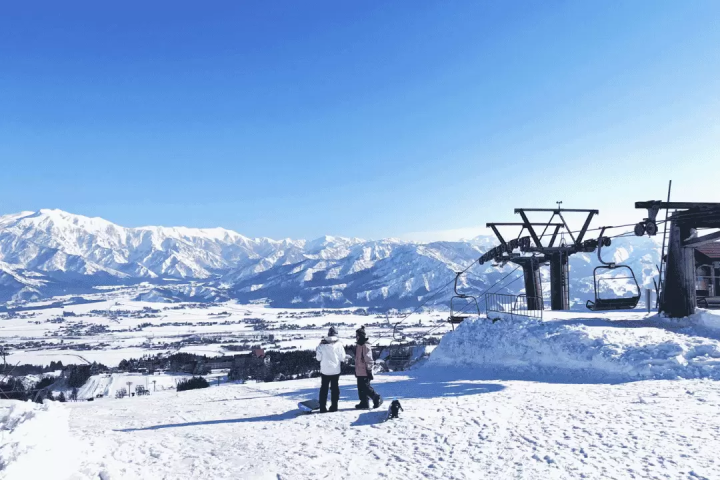
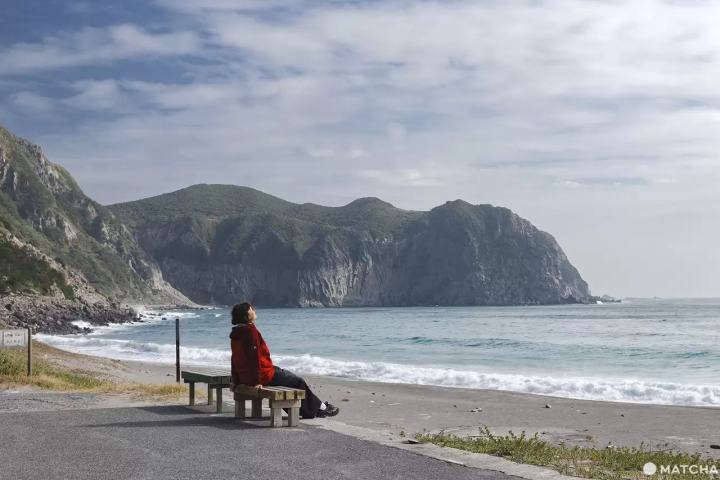
![Deep dive into Japanese brands! A tour of famous leather shoe stores with GENSEI & Nin [Tohritsu Shoes Edition]](https://resources.matcha-jp.com/resize/720x2000/2025/12/18-253283.webp)

